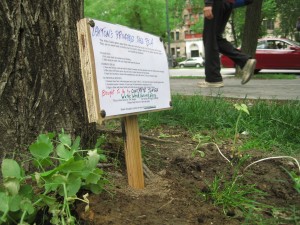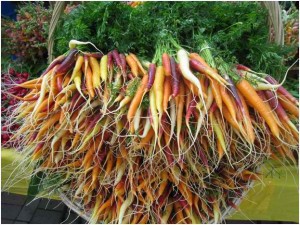Two days from now, many New Yorkers and perhaps a greater number of tourists will celebrate the 236th anniversary of These United States by watching a group of Americans stuff as many hotdogs down their gullets as they can. I refer, obviously, to the famous hotdog eating contest Nathan’s Famous hosts each year.
The hotdog seems to me  a most American food. You can eat it with one hand. It’s inexpensive on the Wallet of Now but maybe not so much on the Self of Tomorrow. Its immigrant origins are hotly debated by those jockeying for brand superiority in a never ending race in which only one can be the victor.
a most American food. You can eat it with one hand. It’s inexpensive on the Wallet of Now but maybe not so much on the Self of Tomorrow. Its immigrant origins are hotly debated by those jockeying for brand superiority in a never ending race in which only one can be the victor.
So I poked around. Here’s what I found: Continue reading









